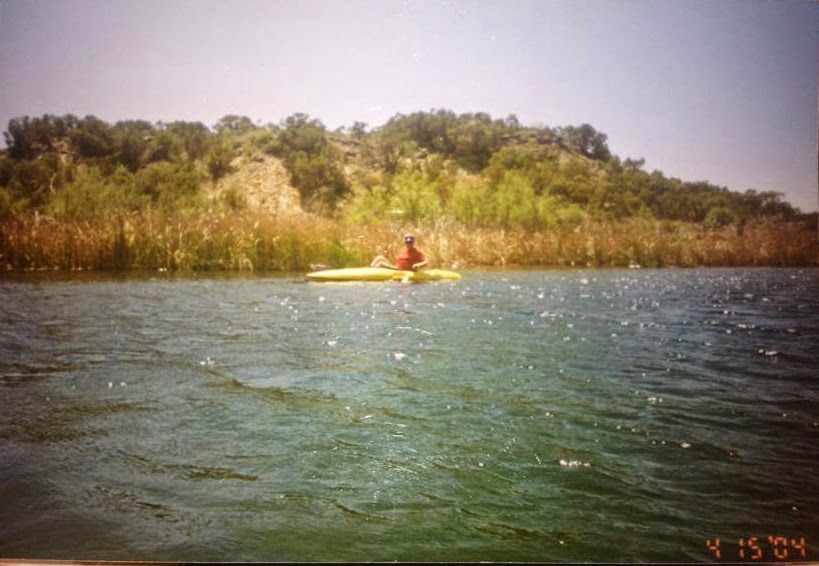
I’ve been a big fan of the C-TUG kayak cart from Railblaza for several years. It’s rugged, works well, and I’ve put it through hell. I tried a DIY cart and about a dozen other carts before I settled on the C-TUG. It was the only one that I felt like it wouldn’t leave me stranded. Stranded seems like a weird reasoning but allow me to explain.
The thought of being stuck a mile down a road where no vehicles could pass, dragging a kayak uphill back to the truck is something I never want to experience again. In 2004 I had this play out in a bad scenario when kayak carts weren’t talked of much. That day has stuck with me for the last 13.5 years. My homemade, cobbled together DIY cart couldn’t handle the rugged terrain. Since that day, I don’t trust homemade carts and for the last three years, have been sporting what I think is the best kayak cart on the market. Here’s the story.

 |
| Chris Payne in his first kayak circa 2004 a couple of hours before the need for a kayak cart would become evident. |
